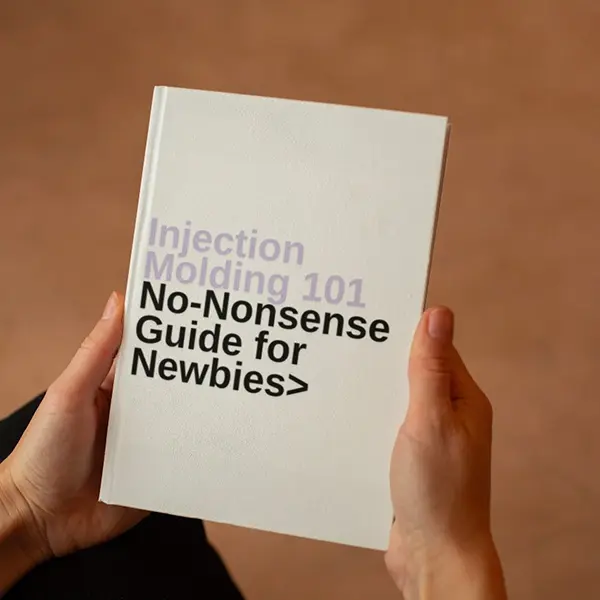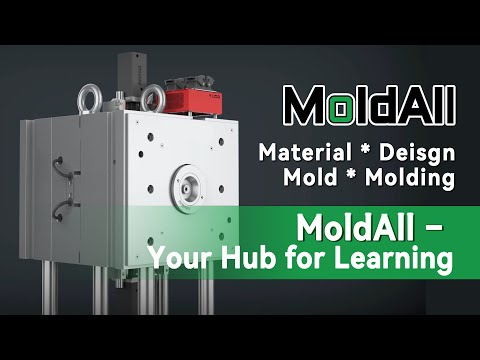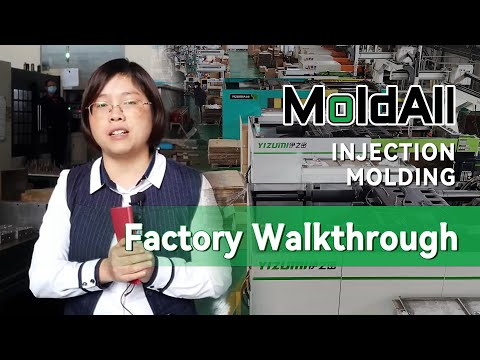- 1. I. Basic Cognitive Level: Establishing Conceptual Framework
- 2. II. Application Analysis Level: Solving User Decision-Making Problems
- 3. III. Technical Deep Dive Level: Meeting Professional Reader Needs
- 4. IV. Practical Tools Level: Enhancing Content Operability
- 5. V. Extension Level: Building a Knowledge Network
I. Basic Cognitive Level: Establishing Conceptual Framework
- Clear Definitions:
- Texture Injection Molding1: A process applying patterns to injection-molded parts via the mold surface, enhancing aesthetics or functionality. Aliases include mold texturing or surface texturing.
- Core Principles: Texture is mold-derived, leveraging material flow for consistency.
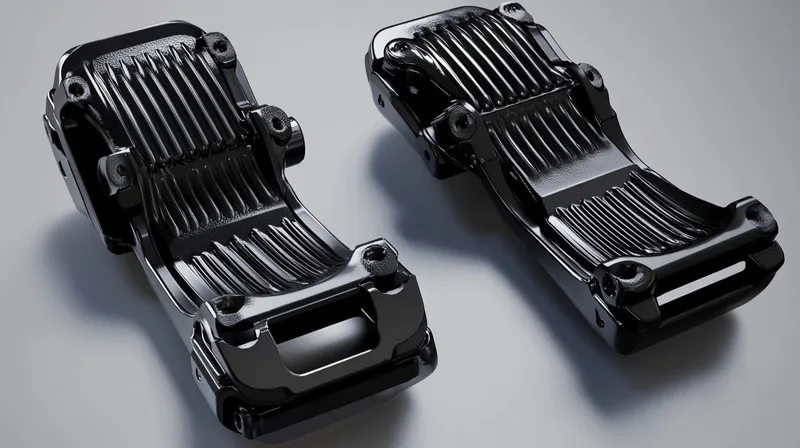
- Classification:
- Process-Based:
- Chemical Etching2: Acid-based, detailed patterns.
- Laser Texturing3: Laser-engraved, precise and complex.
- Mechanical Texturing: Sandblasting, uniform roughness.
- Material-Based:
- Thermoplastics: ABS, polycarbonate, polypropylene.
- Thermosets: Epoxy, phenolic resins.
- Application-Based:
- Automotive: Dashboards, handles.
- Consumer Electronics: Device casings.
- Medical Devices: Tools, prosthetics.
II. Application Analysis Level: Solving User Decision-Making Problems
- Typical Application Scenarios:
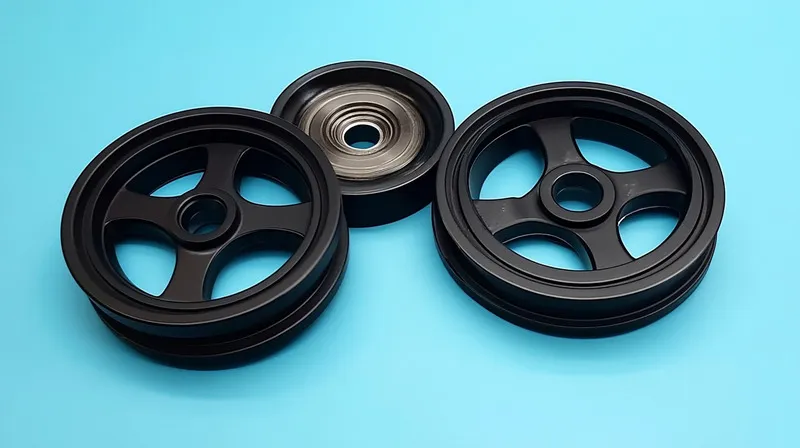
- Automotive: Textured dashboards4 improve look and feel.
- Consumer Electronics: Grippy, stylish phone cases.
- Medical Devices: Non-slip, glare-free instruments5.
- Pros and Cons Comparison:
- Pros:
- Aesthetic improvement, defect masking6.
- Functional enhancements (grip, glare reduction).
- Efficient for mass production.
- Cons:
- Costly mold preparation.
- Inflexible once molded.
- Less versatile than coatings.
III. Technical Deep Dive Level: Meeting Professional Reader Needs
-
Process Full Workflow Breakdown:
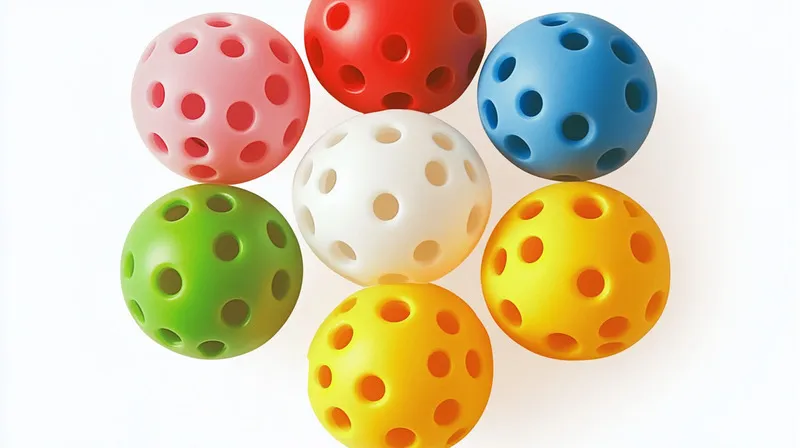
injection molding products -
- Thermoplastics: Broadly compatible, depth varies.
- Thermosets: Curing limits options.
- Additives: May affect texture clarity.
IV. Practical Tools Level: Enhancing Content Operability
- Design Checklist:
- Texture depth suits material/function.
- Draft angle supports ejection.
- Material matches texturing method.
- Plan mold maintenance.
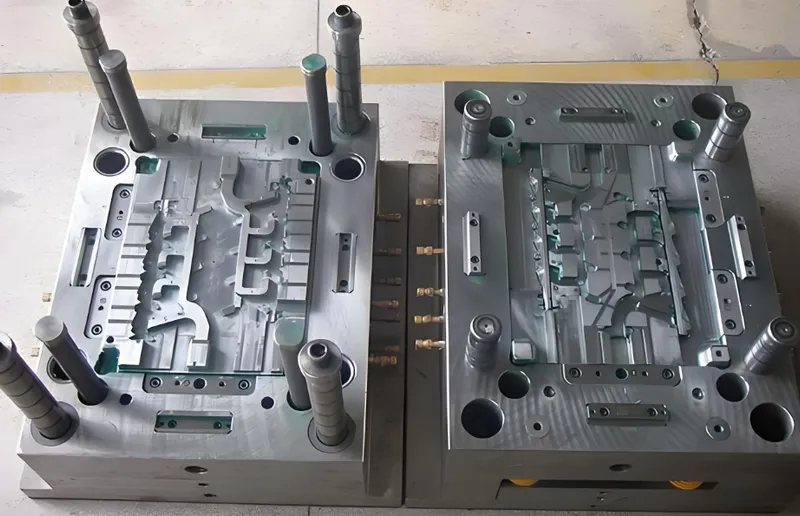
- Process Selection Decision-Making:
- Decision Tree:
- Purpose: Aesthetics (etching/laser) vs. function (mechanical).
- Volume: High (mold texture) vs. low (post-molding).
- Budget: High (laser) vs. low (chemical/mechanical).
V. Extension Level: Building a Knowledge Network
- Related Technologies:
- Upstream:
- Mold Design: Texture integration.
- Material Science: Compatibility insights.
- Downstream:
- Injection Molding: Texture execution.
- Quality Control: Consistency checks.
-
Explore this link to understand the significance and applications of Texture Injection Molding in various industries. ↩
-
Learn about the process of Chemical Etching and its role in creating detailed patterns in molding. ↩
-
Discover the advantages of Laser Texturing for precise and complex designs in manufacturing processes. ↩
-
Explore how textured dashboards enhance aesthetics and functionality in vehicles, making them more appealing and user-friendly. ↩
-
Learn about the importance of non-slip, glare-free features in medical devices for better safety and performance. ↩
-
Discover how aesthetic improvements and defect masking can enhance product appeal and customer satisfaction. ↩
-
Understanding mold preparation techniques can enhance the quality of your production process and final products. ↩
-
Exploring various texturing methods can help you choose the best one for your specific application, improving product aesthetics and functionality. ↩
-
Learning about material compatibility can optimize your manufacturing choices, ensuring better performance and durability of the final products. ↩


